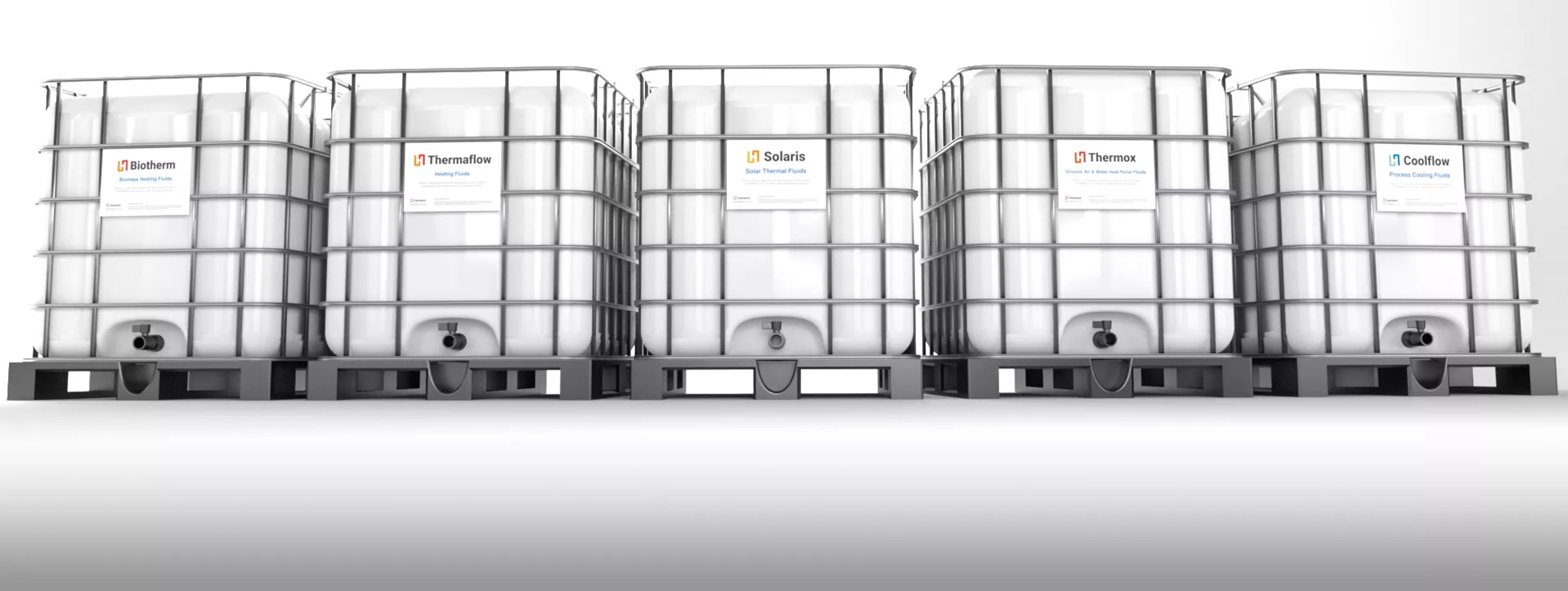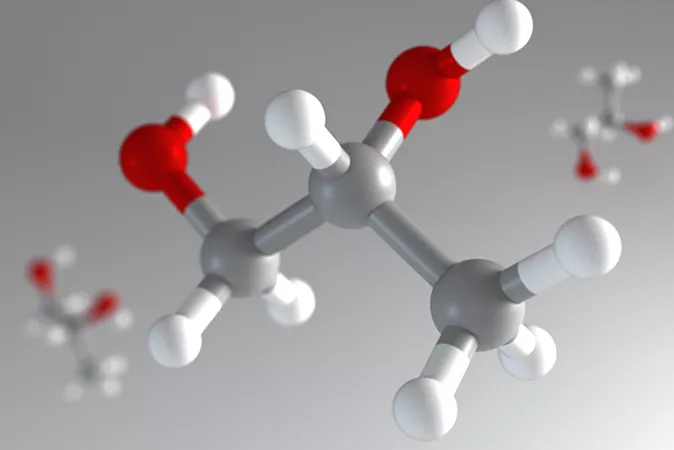Heat Transfer Fluids – Preferred Characteristics
Heat Transfer Fluids, as used in process pipework systems, should be formulated to deliver several functions, including;
-
Efficient movement of thermal energy (hot and cold) from one part of a process to another.
-
Minimal pumping-energy consumption.
-
Efficient thermal energy transfer and low pumping-energy consumed will have a direct and positive effect on system Coefficient of Performance and Return on Investment.
-
Provide long-term preservation of pipework, system components and capital equipment. Specifically the prevention of corrosion via oxidation and galvanic activity. In systems prone to cavitation additional chemical measures can be adopted to reduce erosion.
-
Deliver ongoing control of biological activity, which if left unchecked can severely affect heat transfer rates and lead to increased risk of process contamination and even human infection.
-
Cause minimal environmental impact, in terms of; production, biodegradability and toxicity to humans and the environment.
The majority of Heat Transfer Fluids used in systems operating below 100°C are mixtures of water and various chemicals. For systems operating above 100°C it is necessary to consider non-aqueous Heat Transfer Fluids.
Alternative names for Heat Transfer Fluids
Various phrases and categories exist for Heat Transfer Fluids depending on which sector the fluid is being used in. E.g.
-
RAC / HVAC: Inhibited Antifreeze, Glycol, Secondary Refrigerant, Brine, Intermediate Working Fluid.
-
Geothermal Heat Pump Systems: Inhibited Antifreeze, Geothermal Fluid, Geothermal Antifreeze, Thermal Transfer Fluid, Glycol, Brine.
-
Air Source Heat Pump Systems: Inhibited Antifreeze, Heat Pump Fluid, Air Source Heat Pump Antifreeze, Thermal Transfer Fluid, Glycol, Brine.
-
Solar Hot Water Systems: Inhibited Antifreeze, Solar Thermal Fluid, Solar Fluid, Solar Glycol.
-
Automotive: Antifreeze, Coolant, Glycol.
















